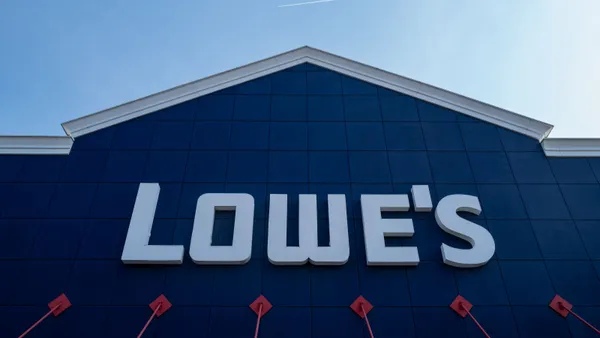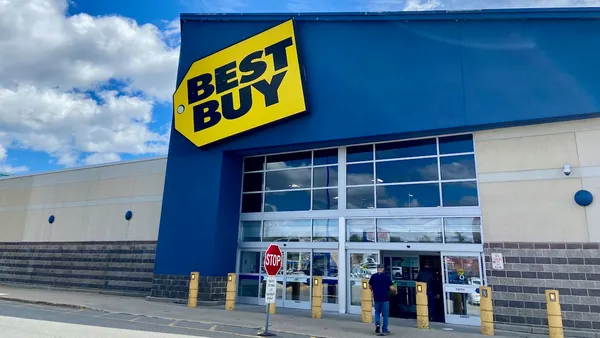Dive Brief:
- A recent study from Kibo reveals the gaps within retail offerings for omnichannel purchasing, CRMBuyer reports. E-commerce is beating brick-and-mortar in part due to its ease of personalization, such as "recently viewed" options and targeted recommendations based on past purchases.
- The study revealed that 16% of retailers showed pricing gaps between online and in-store items, only 35% showed customers inventory available of a particular item online, and while 97% of store associates could view inventory available online, 33% didn't have the mobile tech to do so.
- To effectively compete, the retailer experience must become more rewarding, providing an experience rather than just fulfilling a task.
Dive Insight:
Retail's struggle with omnichannel is old news, but the fact that retailers are still floundering to connect online to offline store presence should come as a warning: If retailers don't step up their game, they'll lose shoppers to online startups that give consumers what they want.
But the problem isn't as simple as it seems. Retailers are accustomed to their supply chains resembling a straightforward, linked chain: manufacturers to shippers and carriers to warehouses to distributors to retailers. Supply chains have now evolved into supply networks, where retailers receive products from a variety of sources and sell them in various ways.
There isn't a direct path from the retailer back to the manufacturer anymore, and this has created a visibility problem, which is why supply chain visibility was such a big deal in 2016 and continues to haunt companies today. Without seeing products move in real-time, retailers struggle to track inventory levels, which can then negatively affect customer service and sales.
As a result, RFID tagging and QR codes have become important enough to merit their own startups, and it's why Macy's and Target are pushing to tag all of their products with RFID, because they've found it actually improves sales and fulfillment.
Another part of the retail supply chain problem is outdated software. While the cloud may be the most efficient way to increase supply chain visibility and streamline operations, it can take up to three years to completely transfer company data to the cloud depending on bandwidth availability, so even if some — or all — retailers are working towards total cloud integration, it could be a while before they start to see the payoff. And for many retailers, it's already too late.
Retailers are probably doing what they can to get up to speed with omnichannel methods, but as this study indicates, they still have a long way to go, and depending on individual retailers' profitability, some may emerge better able to serve the consumer while others will lose their market share — either by filing for bankruptcy or submitting to acquisition.













